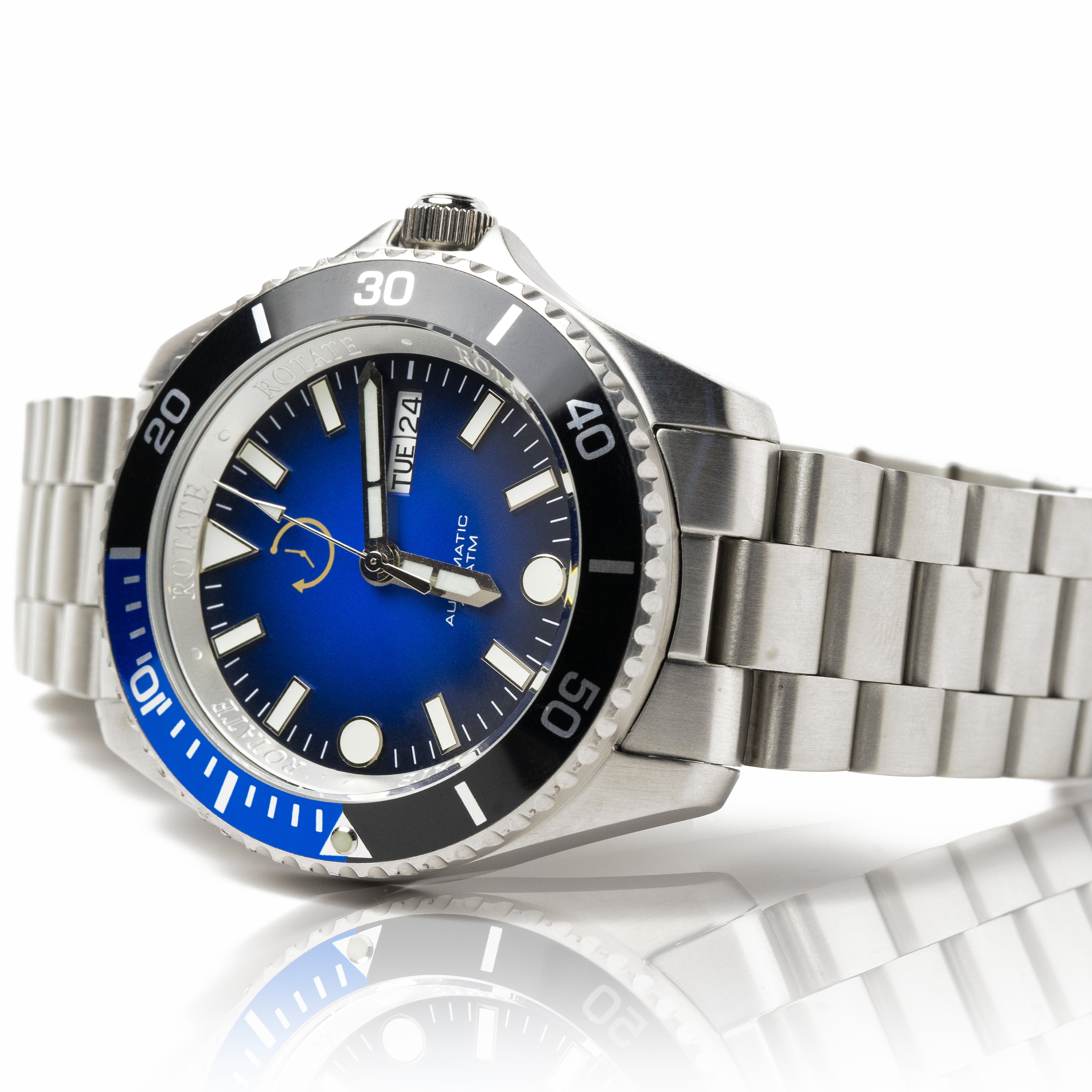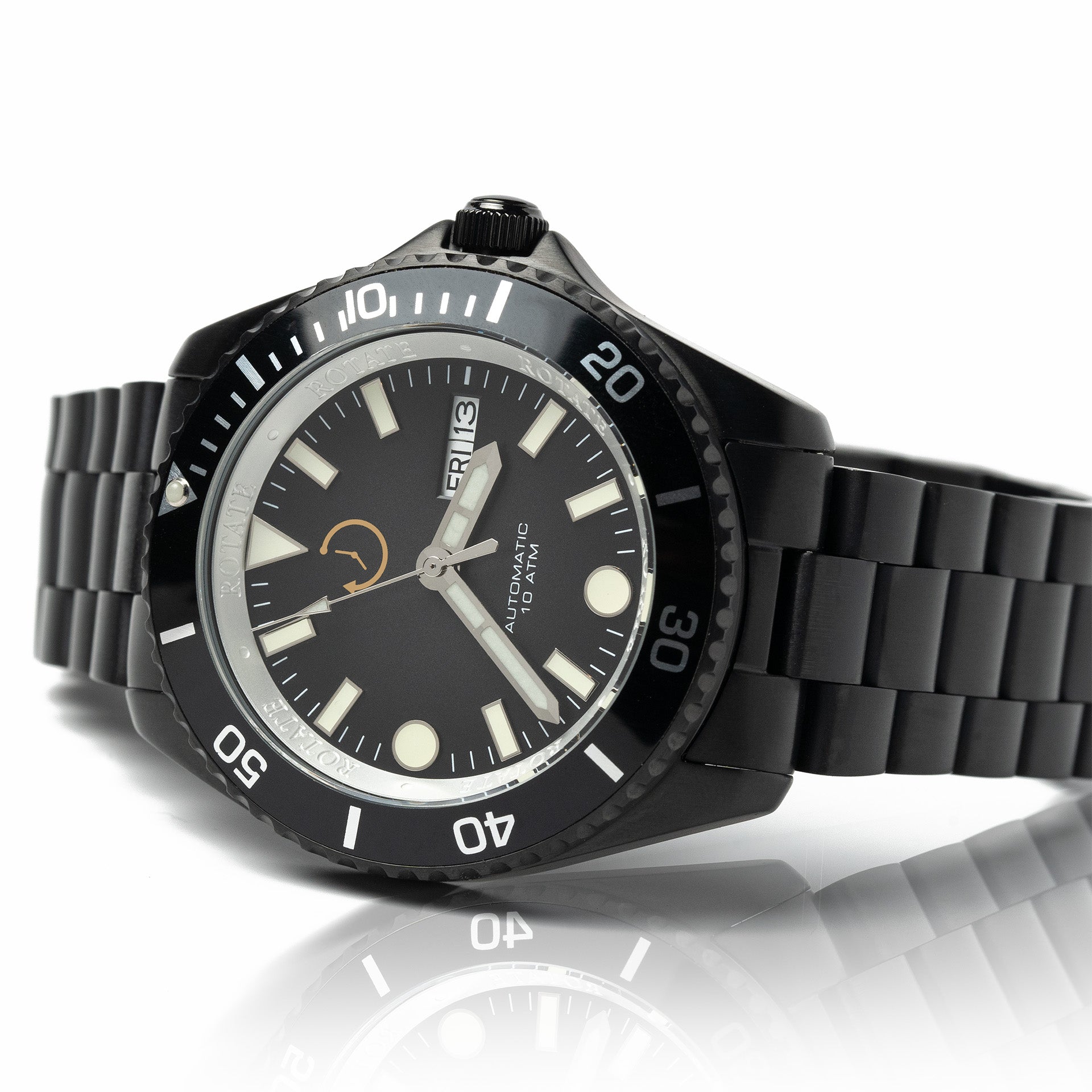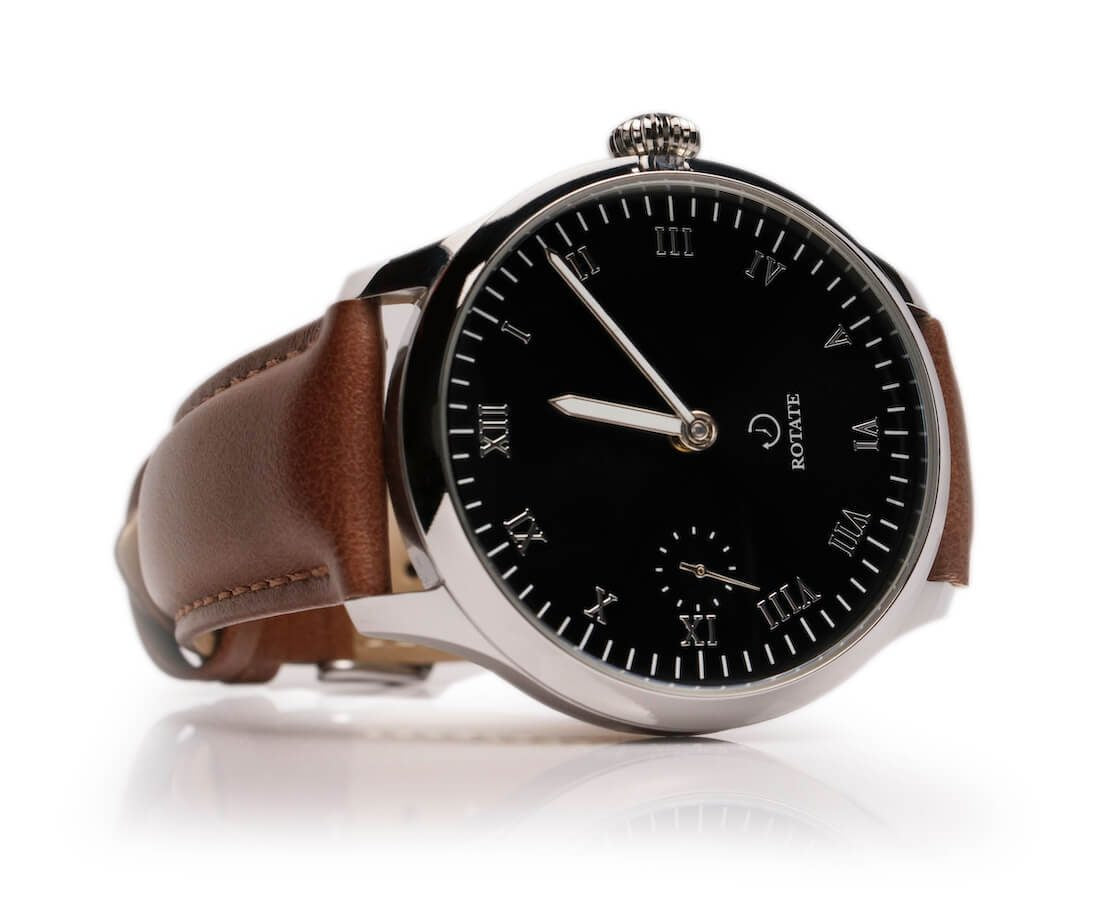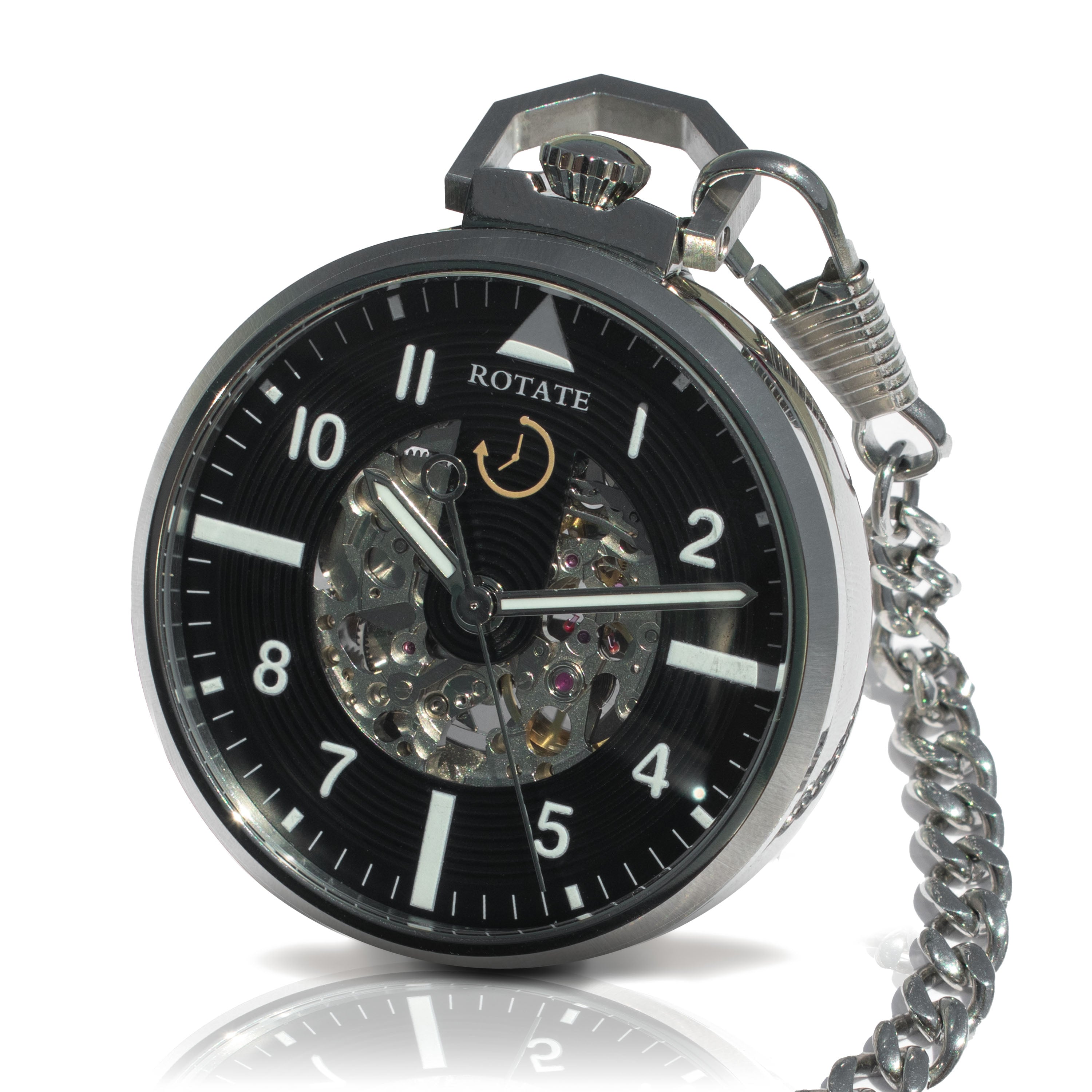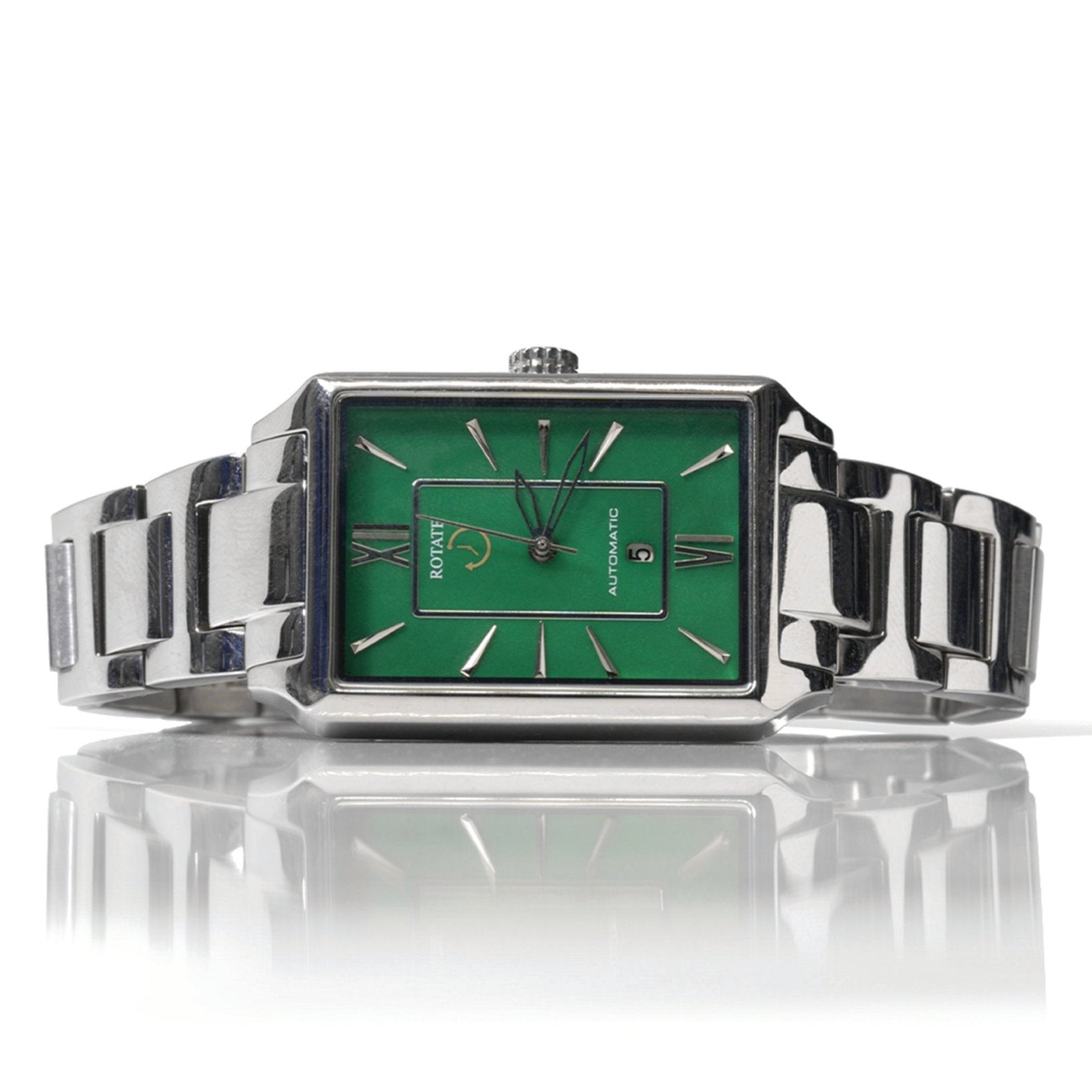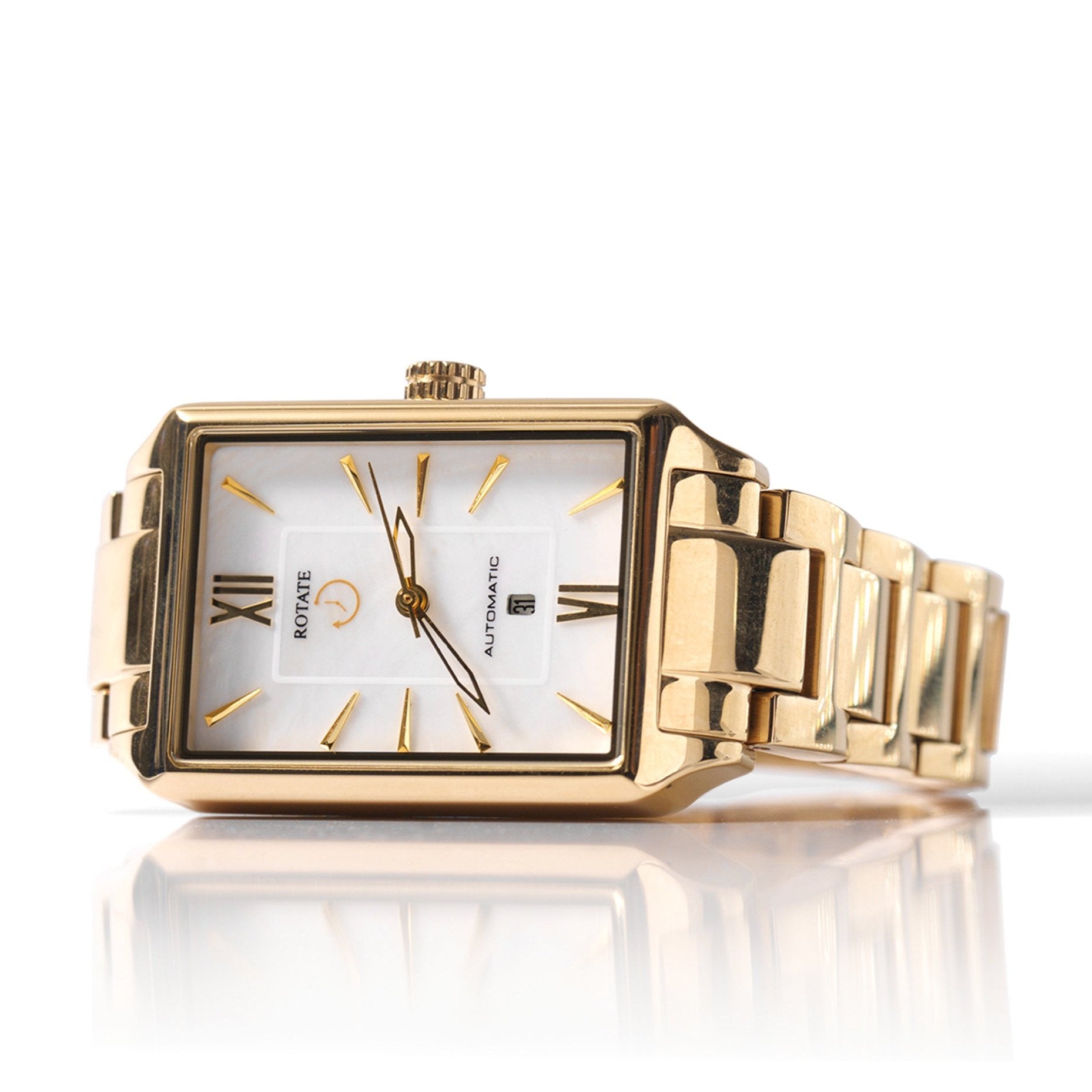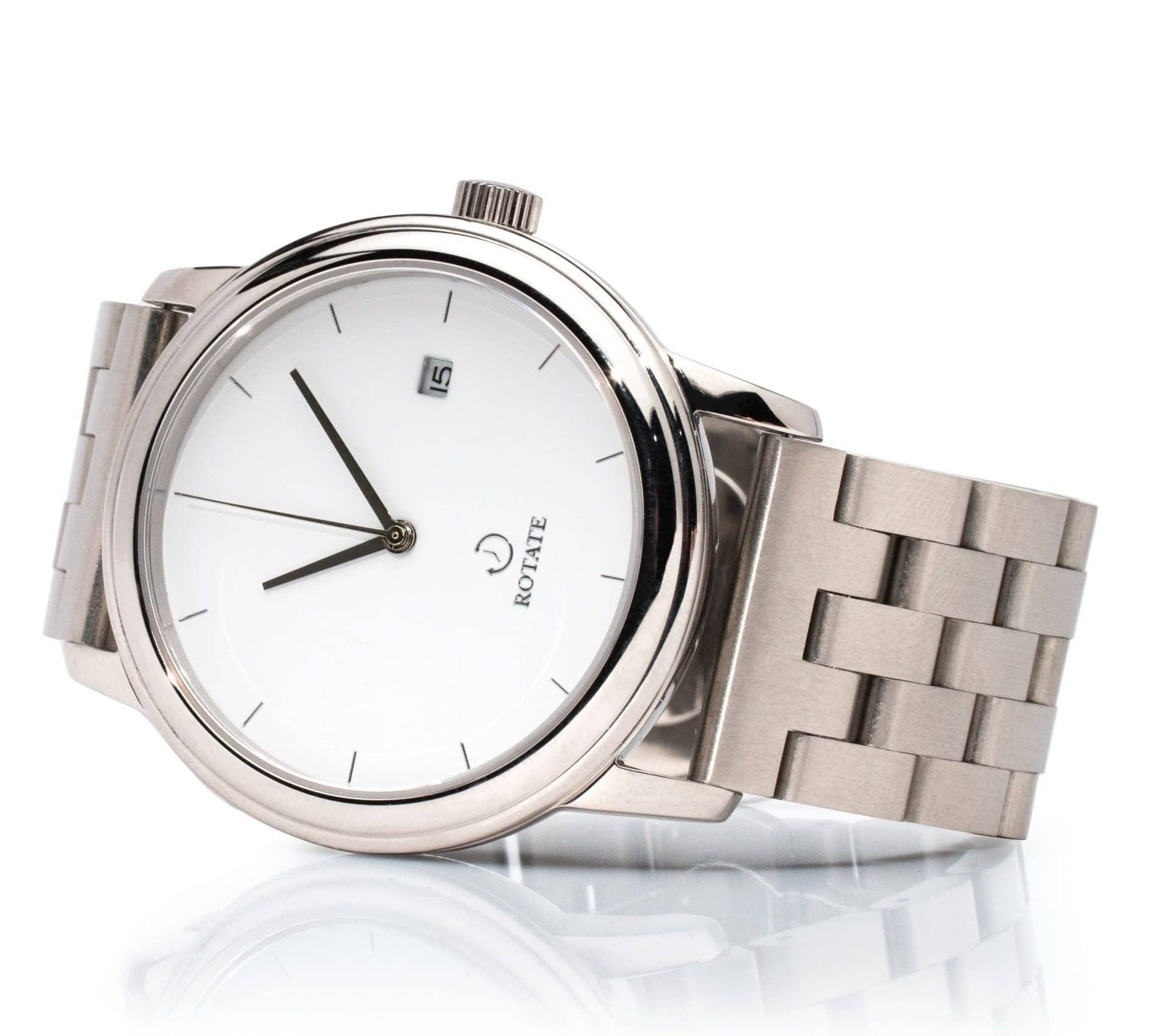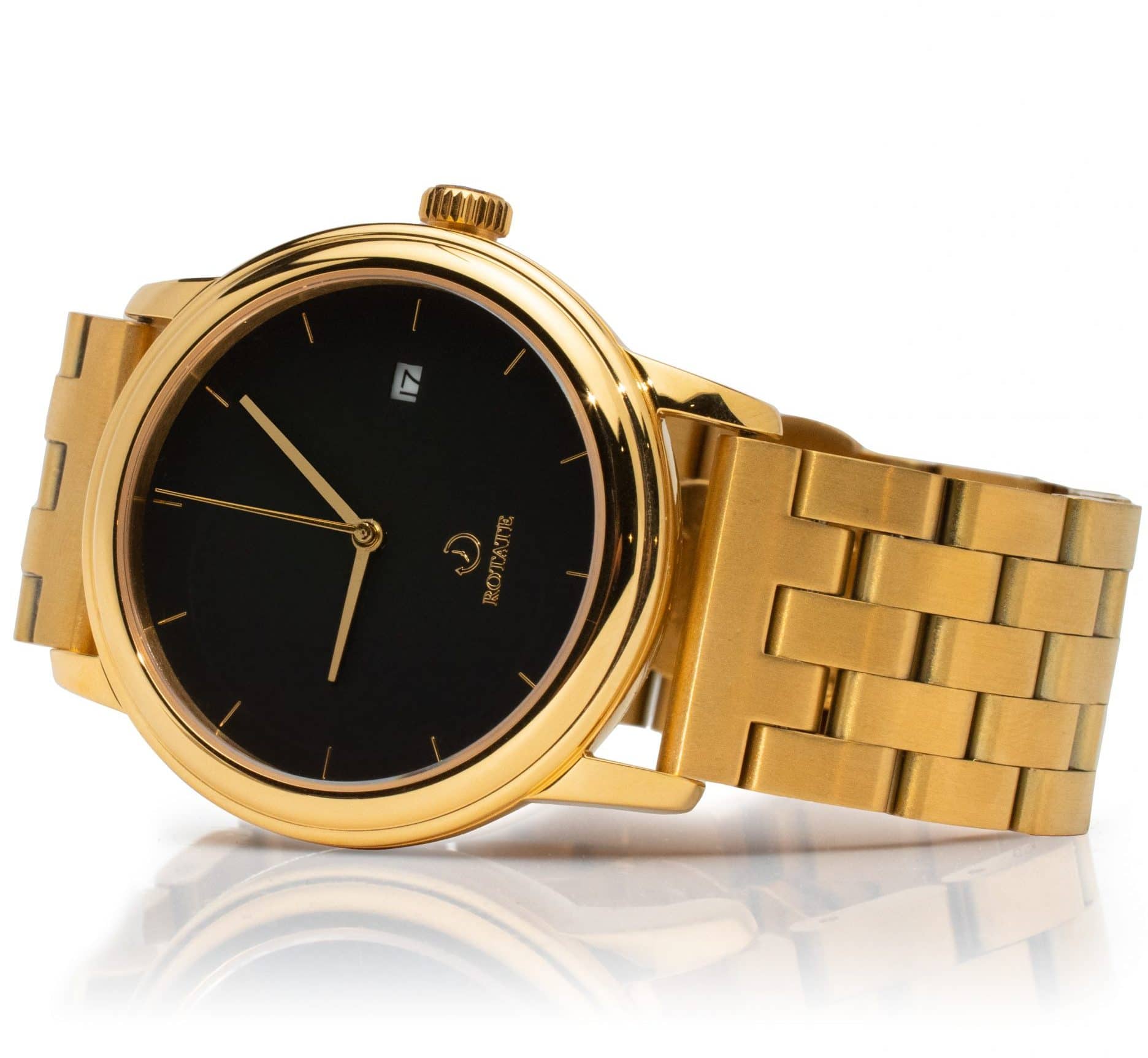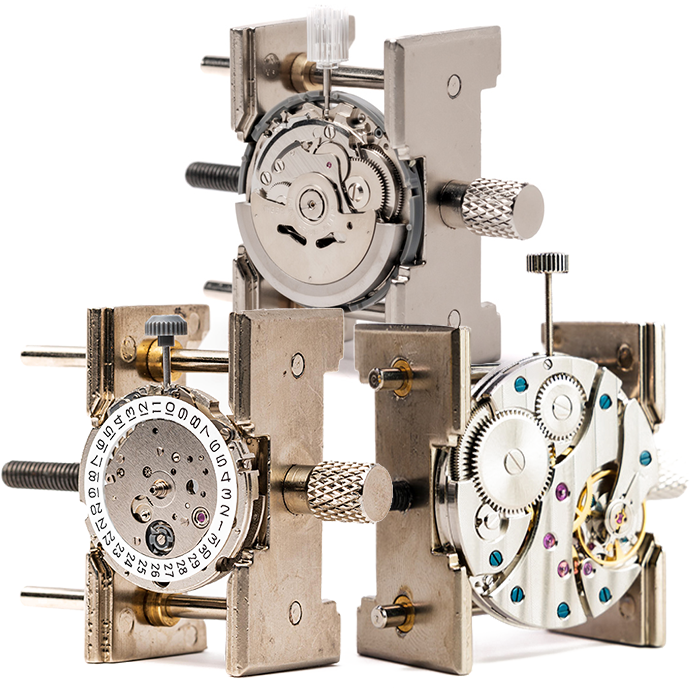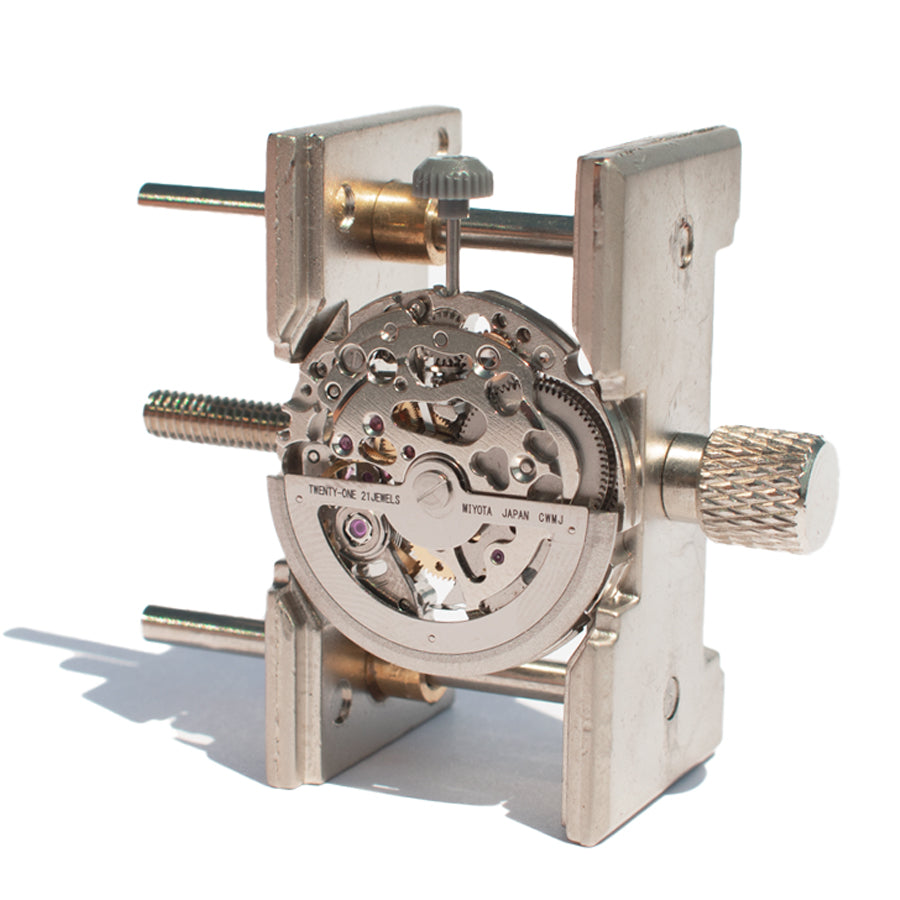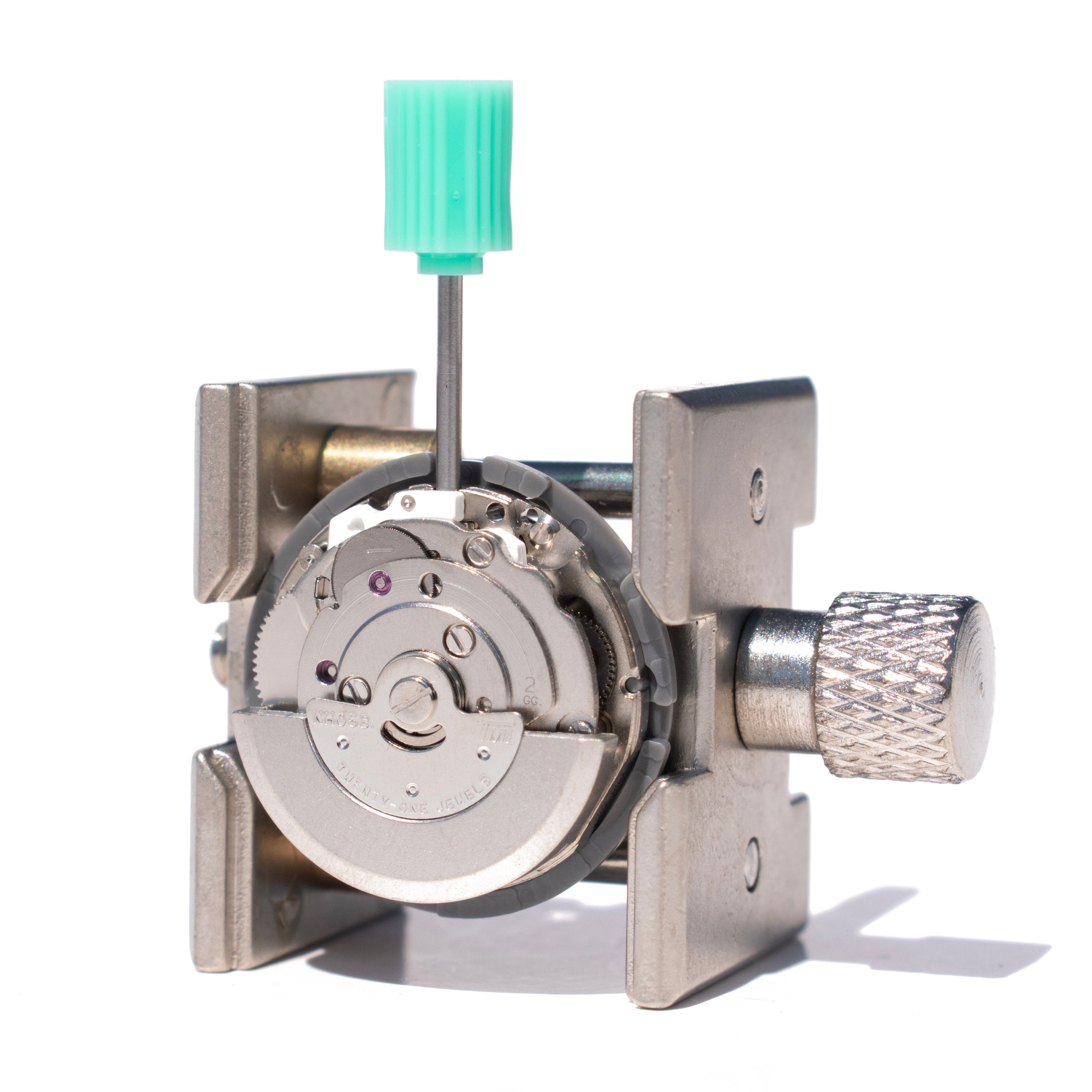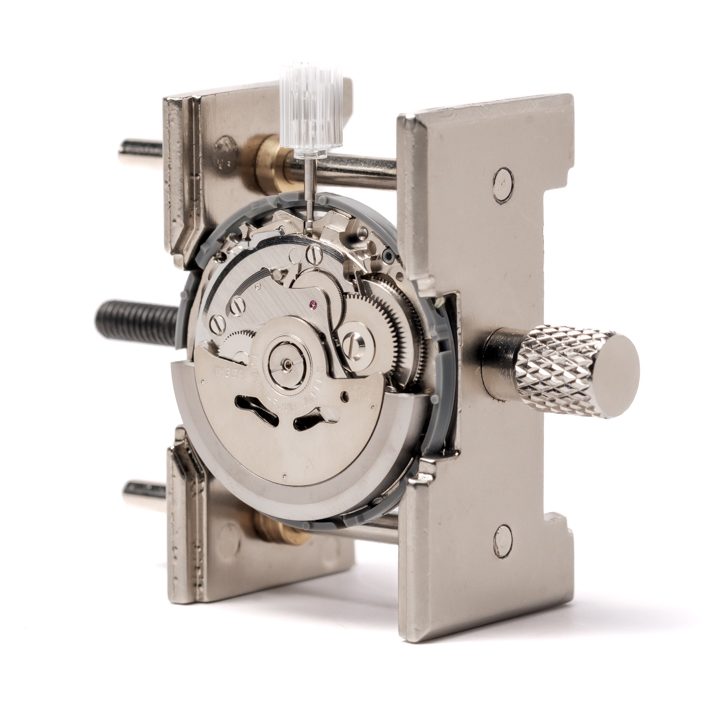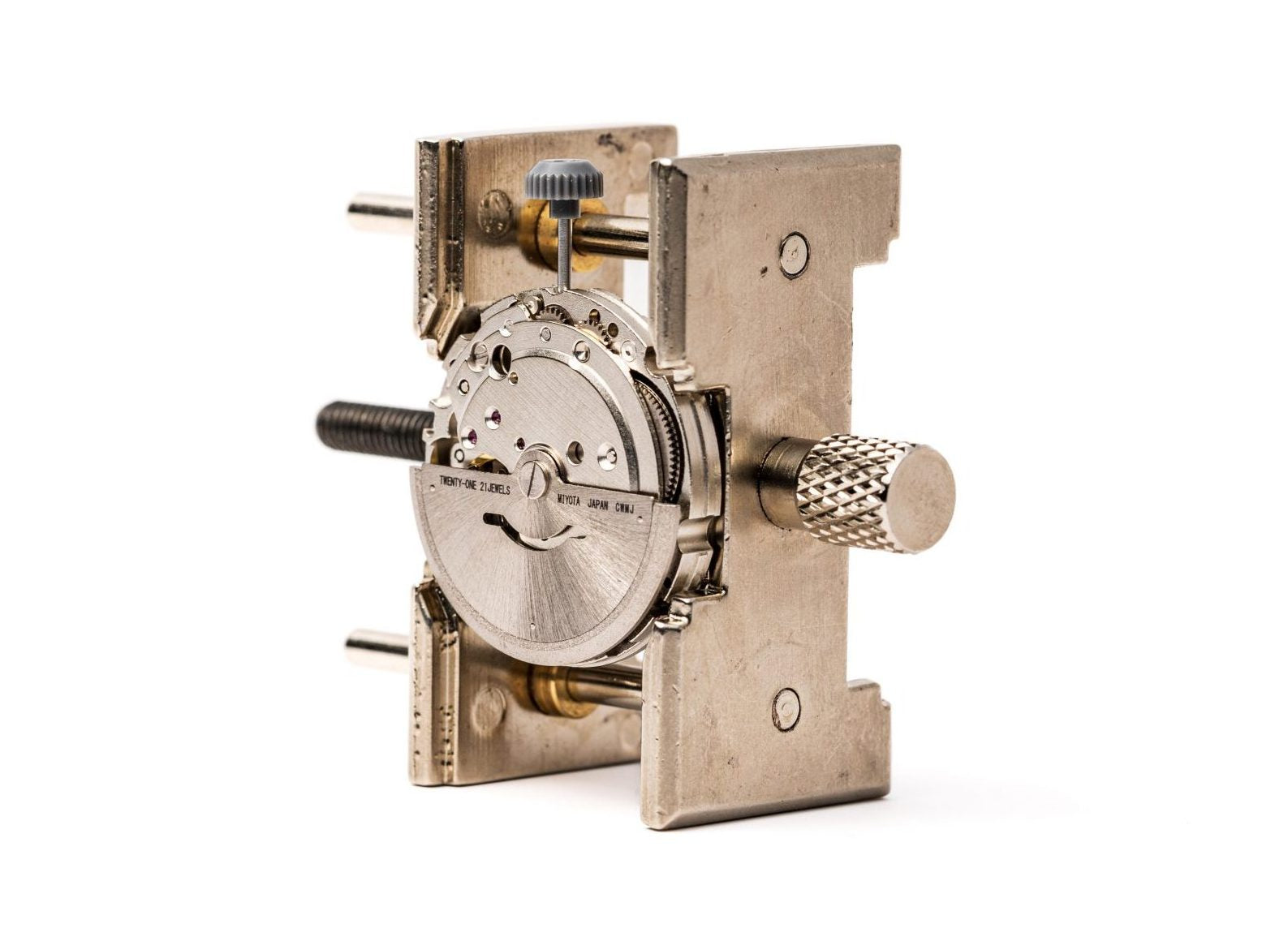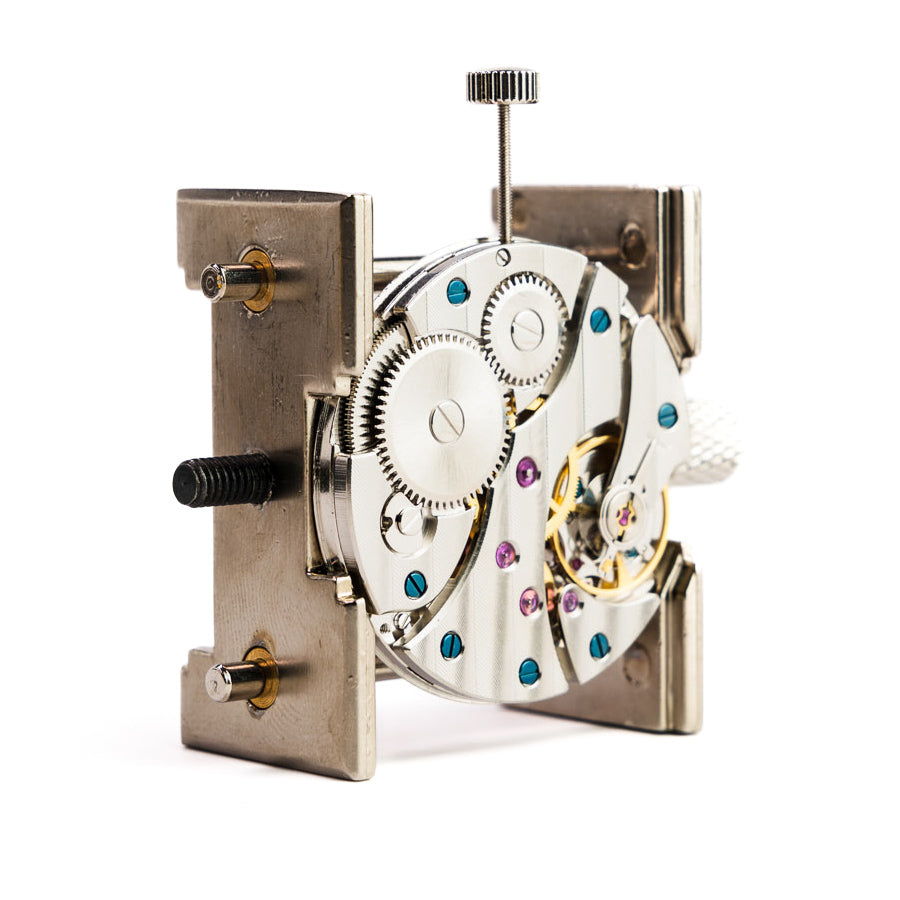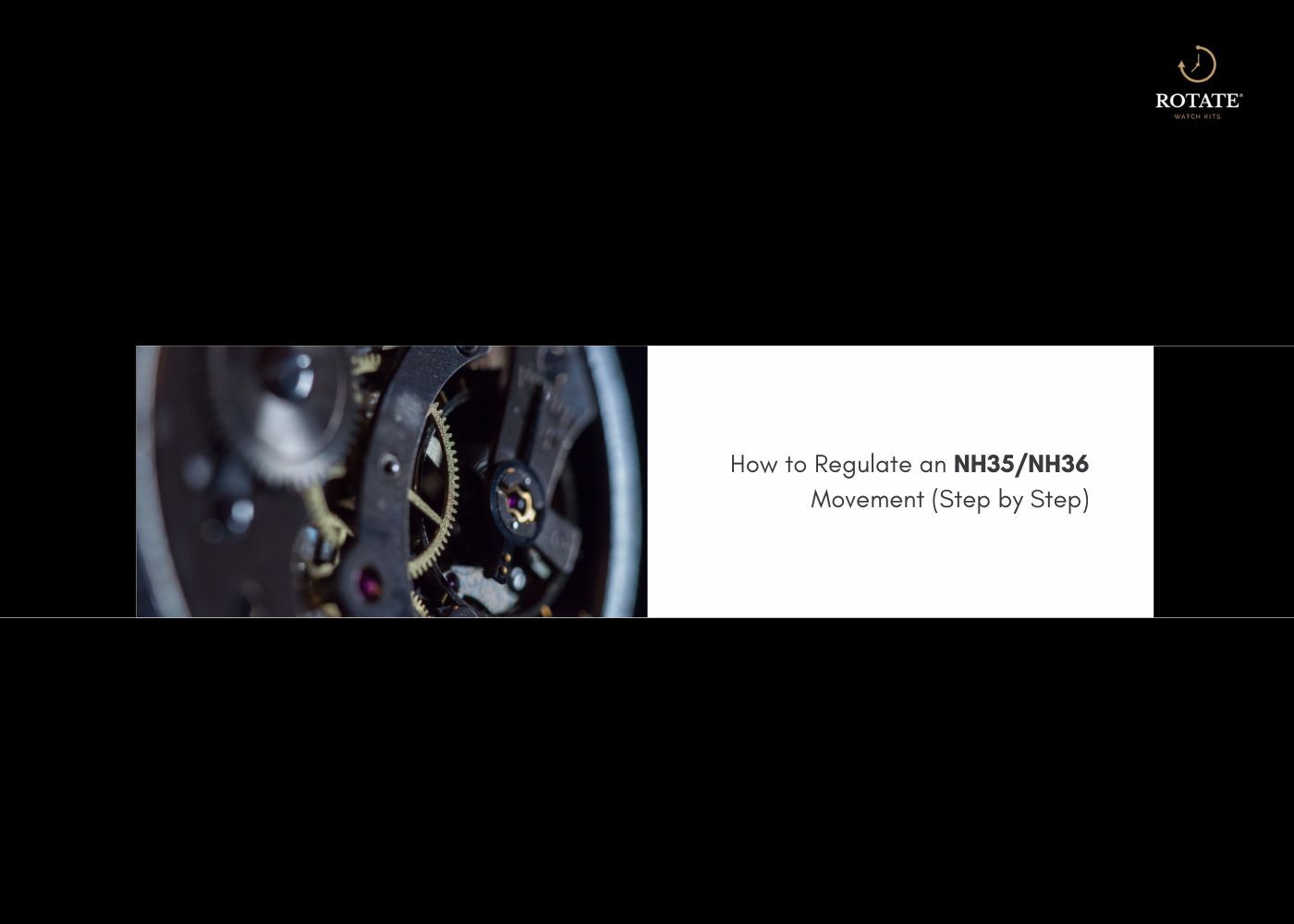
What Is Amplitude in a Mechanical Watch? Good Numbers Explained
Key Takeaways
Amplitude is the balance wheel's swing in degrees between reversals. Healthy values depend on position, wind level, and complication load. Fully wound horizontals often land near the high 200s, verticals lower. Low amplitude signals power losses or friction, high amplitude risks knocking. Simple thresholds below show when to adjust at home or book a bench check.
Ever stared at a timegrapher and wondered whether 280 degrees is good or bad/ Amplitude answers that on a single line. Numbers reveal how much energy reaches the balance and how confidently the escapement locks each beat.
What Amplitude Means In A Mechanical Watch
Amplitude is the angular travel of the balance wheel measured in degrees from one reversal to the next. Higher and stable usually means clean torque delivery, solid locking, and consistent draw at the escapement. Wild swings or sagging numbers often track with an unstable rate.
Common terms used alongside amplitude:
-
Dial up and dial down describe horizontal positions.
-
Crown up, crown left, crown right, crown down describe verticals.
-
Beat error is the timing difference between tick and tock.
-
Lift angle is a movement parameter a timegrapher needs to compute amplitude correctly.
Curious about the power source that drives those numbers? A quick primer on torque and barrel behavior lives here, Watch mainspring the powerhouse of mechanical watches.
How Mechanical Watch Amplitude Is Measured
Timegrapher view.
The machine listens to the escapement and outputs rate, beat error, amplitude, and a trace. Clean, parallel lines with steady amplitude point to good health.
Lift angle accuracy.
Set the correct lift angle for the calibre. Wrong lift angle inflates or deflates amplitude and confuses diagnosis.
No machine on hand.
Estimating from sound patterns and known lift angle exists, though error bars run large. A timegrapher remains the practical path for hobbyists.
Hands-on builders can practice on robust, friendly platforms. Assembly plus measurement on the Seiko NH36 Movement Kit, the Seagull ST3600 Movement Kit, or the Miyota 8215 Movement Kit turns theory into data you can read and trust.
Good Amplitude Numbers Across Wind And Positions
Movement design, lubrication state, and frequency all matter. Use the following as a practical framework.
Wind state guidelines
-
Fully wound horizontals commonly read 270 to 310 degrees on modern everyday calibres.
-
Mid reserve often drops 20 to 40 degrees from fresh wind.
-
Near reserve end can sit around 180 to 220 degrees and still run reliably if stable.
Position guidelines
-
Dial up and dial down usually post the highest numbers.
-
Verticals often land 220 to 270 degrees at full wind.
-
A healthy spread from best to worst position often sits around 40 to 60 degrees. Larger gaps hint at friction or poise issues.
Complication load
-
A running chronograph costs amplitude.
-
High-beat designs consume more power per unit time, so fully wound numbers can be a bit lower than a comparable low-beat and still be healthy.
-
Date jump can tug amplitude around midnight, then stability returns.
Comparing platforms for a build helps set expectations. Movement roundups like Top Miyota movements which one is right for your watch provide helpful context before measuring.
Low Amplitude In A Mechanical Watch
What shows upRate wanders, ticks sound weaker, and position-to-position deltas grow.
Likely causes
-
Dried or contaminated lubrication in the train or escapement.
-
Worn pivots or jewels causing drag.
-
Barrel slip or a mainspring that no longer stores energy reliably.
-
Hairspring contamination or coil contact.
-
Added friction from hand or dial rub after assembly.
Why action mattersIgnoring low amplitude leads to poor timekeeping, occasional stoppage, and accelerated wear.
First steps at home
-
Confirm a full wind and safe hand clearance over dial markers.
-
Log amplitude in dial up, dial down, and a couple of verticals at full wind. Repeat after 24 hours to spot patterns.
-
Readings that stay depressed or keep drifting call for a bench check.
High Amplitude And Knocking In A Mechanical Watch
What happensAmplitude climbs so far that the impulse system overtravels and hits the banking, a behavior called knocking. On a timegrapher, readings look very high with an unstable rate and messy trace.
Common roots
-
Excess torque from an incorrect or overly strong mainspring.
-
Escapement geometry out of spec.
-
Lubrication applied where braking friction should remain controlled.
Risk and remedyProlonged knocking stresses components. Reduce power to spec, correct escapement settings, then regulate once amplitude returns to a safe band.
When To Worry About Amplitude Readings
Use a fully wound dial up or dial down as your home base.
-
Under about 200 degrees horizontal at full wind or under about 160 degrees in verticals merits attention.
-
Over about 330 degrees horizontal with rate instability hints at over-power and possible knocking.
-
Spreads larger than about 70 degrees between best and worst position point to friction or poise problems.
-
Rapid decay within a few hours after full wind suggests losses in the power path.
What a bench check covers
A technician inspects barrel and mainspring condition, endshake and sideshake at key pivots, pallet stones and roller action, lubrication quality, hairspring centering and flatness, then regulates once root causes are cleared.
Care And Prevention For Stable Amplitude
-
Wind at a consistent time so the movement spends more hours in a strong torque zone.
-
Keep moisture out and replace case seals when a crown or caseback has been opened.
-
Avoid shocks and heavy grime; clean cases and bracelets so debris never migrates inside.
-
After any service, expect a short stabilization period while oils settle and parts bed in.
Build Skills While Measuring Real Amplitude
Hands learn faster than eyes. Assemble a proven calibre and log real numbers in each position. Start with the Seiko NH36 Movement Kit for rock-solid automatic practice, the Seagull ST3600 Movement Kit for a classic hand-wind, or the Miyota 8215 Movement Kit for a widely used workhorse.
FAQs
Q1. What does amplitude mean in a watch?
Ans. Amplitude is the balance wheel's swing in degrees between reversals. Strong, steady values indicate healthy torque delivery and consistent escapement locking.
Q2. What does a low amplitude watch mean?
Ans. Power is getting lost through friction or component wear. Typical sources include dried lubrication, contamination, worn bearings, barrel slip, hairspring coil contact, or escapement misadjustments.
Q3. How to calculate watch amplitude?
Ans. Use a timegrapher with the correct lift angle for the movement. That parameter lets the device convert the acoustic trace into a reliable degree value.
Q4. What causes low amplitude?
Ans. Dried oils, dirt in the train or escapement, pivot or jewel wear, mainspring fatigue or slip, hairspring contamination or deformation, and geometry issues at the pallets or roller.
Q5. What is a good amplitude for a mechanical watch?
Ans. Context rules. Fully wound horizontals often sit around the high 200s, verticals lower, mid reserve lower still. Look at both absolute values and spread between positions.
Q6. Does amplitude affect accuracy?
Ans. Yes. Too low or too high tends to destabilize the rate. Healthy, consistent amplitude supports steadier daily timekeeping.
{ "@context": "https://schema.org", "@type": "FAQPage", "mainEntity": [ { "@type": "Question", "name": "What does amplitude mean in a watch?", "acceptedAnswer": { "@type": "Answer", "text": "Amplitude is the balance wheel’s swing in degrees between reversals. Strong, steady values indicate healthy torque delivery and consistent escapement locking." } }, { "@type": "Question", "name": "What does a low amplitude watch mean?", "acceptedAnswer": { "@type": "Answer", "text": "Power is getting lost through friction or component wear. Typical sources include dried lubrication, contamination, worn bearings, barrel slip, hairspring coil contact, or escapement misadjustments." } }, { "@type": "Question", "name": "How to calculate watch amplitude?", "acceptedAnswer": { "@type": "Answer", "text": "Use a timegrapher with the correct lift angle for the movement. That parameter lets the device convert the acoustic trace into a reliable degree value." } }, { "@type": "Question", "name": "What causes low amplitude?", "acceptedAnswer": { "@type": "Answer", "text": "Dried oils, dirt in the train or escapement, pivot or jewel wear, mainspring fatigue or slip, hairspring contamination or deformation, and geometry issues at the pallets or roller." } }, { "@type": "Question", "name": "What is a good amplitude for a mechanical watch?", "acceptedAnswer": { "@type": "Answer", "text": "Context rules. Fully wound horizontals often sit around the high 200s, verticals lower, mid reserve lower still. Look at both absolute values and spread between positions." } }, { "@type": "Question", "name": "Does amplitude affect accuracy?", "acceptedAnswer": { "@type": "Answer", "text": "Yes. Too low or too high tends to destabilize the rate. Healthy, consistent amplitude supports steadier daily timekeeping." } } ] }


